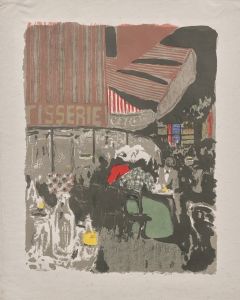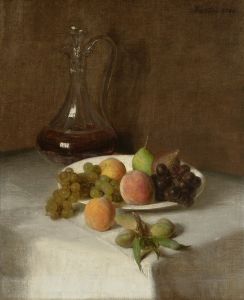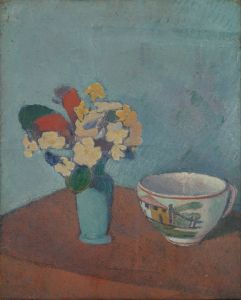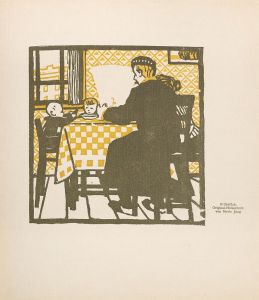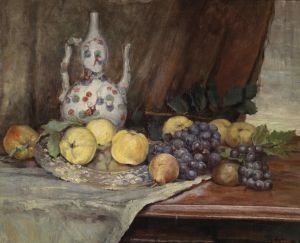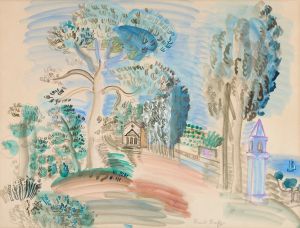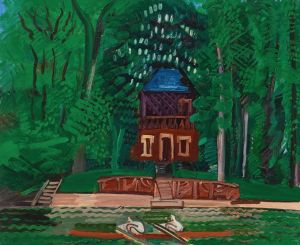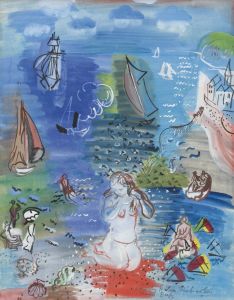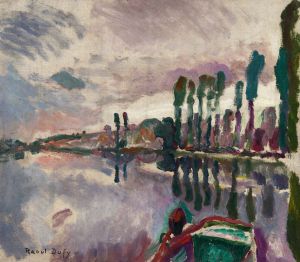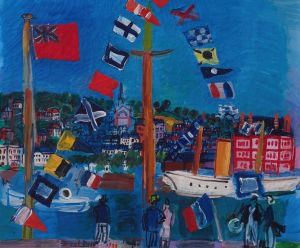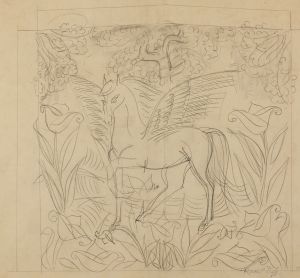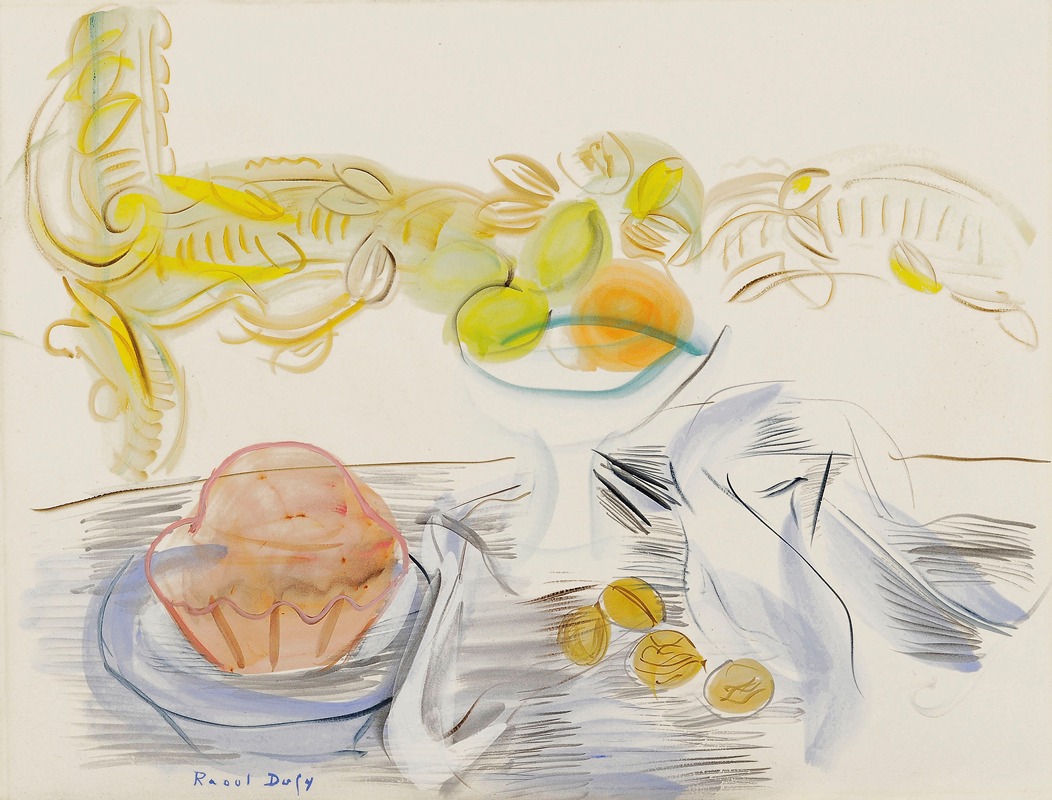
Nature morte à la brioche et aux noix
A hand-painted replica of Raoul Dufy’s masterpiece Nature morte à la brioche et aux noix, meticulously crafted by professional artists to capture the true essence of the original. Each piece is created with museum-quality canvas and rare mineral pigments, carefully painted by experienced artists with delicate brushstrokes and rich, layered colors to perfectly recreate the texture of the original artwork. Unlike machine-printed reproductions, this hand-painted version brings the painting to life, infused with the artist’s emotions and skill in every stroke. Whether for personal collection or home decoration, it instantly elevates the artistic atmosphere of any space.
Raoul Dufy was a French Fauvist painter known for his colorful and decorative style, which often depicted leisure activities and scenes of the French Riviera. One of his lesser-known works, "Nature morte à la brioche et aux noix" (Still Life with Brioche and Walnuts), exemplifies his approach to still life painting, a genre that he occasionally explored throughout his career.
Dufy was born on June 3, 1877, in Le Havre, France. He studied at the École des Beaux-Arts in Paris, where he was influenced by the Impressionists and later by the Fauvist movement, which emphasized bold colors and brushwork. His early works were influenced by the Impressionists, but he soon adopted the vibrant palette and expressive style of Fauvism, a movement led by artists like Henri Matisse.
"Nature morte à la brioche et aux noix" is a still life painting that showcases Dufy's characteristic use of color and form. While specific details about the painting's creation and current location are not widely documented, it is consistent with Dufy's style during the early to mid-20th century. The painting likely features a composition of everyday objects, such as a brioche and walnuts, arranged in a way that emphasizes their shapes and textures. Dufy's still lifes often focus on the interplay of color and light, capturing the essence of the objects rather than their precise details.
Dufy's approach to still life was influenced by his broader artistic philosophy, which sought to capture the joy and beauty of life. He often used a light, airy palette and fluid brushstrokes to create a sense of movement and vitality. This approach can be seen in "Nature morte à la brioche et aux noix," where the objects are likely depicted with a sense of spontaneity and liveliness.
Throughout his career, Dufy worked in various media, including painting, drawing, printmaking, and textile design. He was also known for his large-scale public works, such as the murals he created for the 1937 International Exposition in Paris. Despite his ventures into different artistic fields, his paintings remained central to his oeuvre, and he continued to explore themes of leisure, nature, and everyday life.
Dufy's work has been exhibited in major museums and galleries worldwide, and he is considered an important figure in early 20th-century art. His contributions to the Fauvist movement and his unique style have left a lasting impact on the art world. While "Nature morte à la brioche et aux noix" may not be as widely recognized as some of his other works, it remains a testament to his skill in capturing the vibrancy of life through art.
Raoul Dufy passed away on March 23, 1953, in Forcalquier, France. His legacy continues to be celebrated, and his works are studied for their innovative use of color and form. "Nature morte à la brioche et aux noix" is just one example of how Dufy brought a sense of joy and beauty to the still life genre, reflecting his broader artistic vision.





